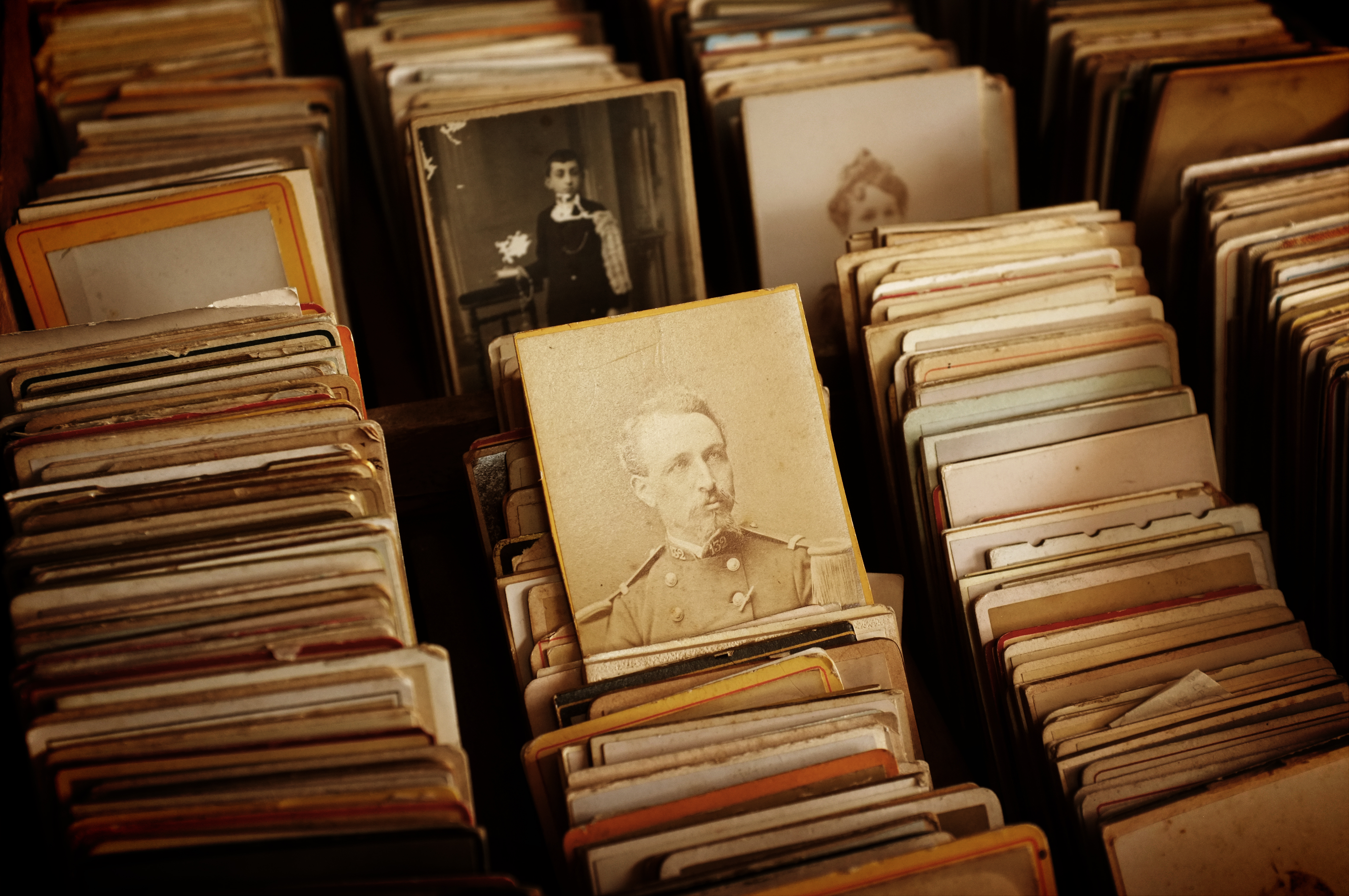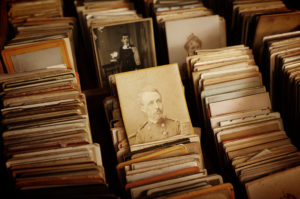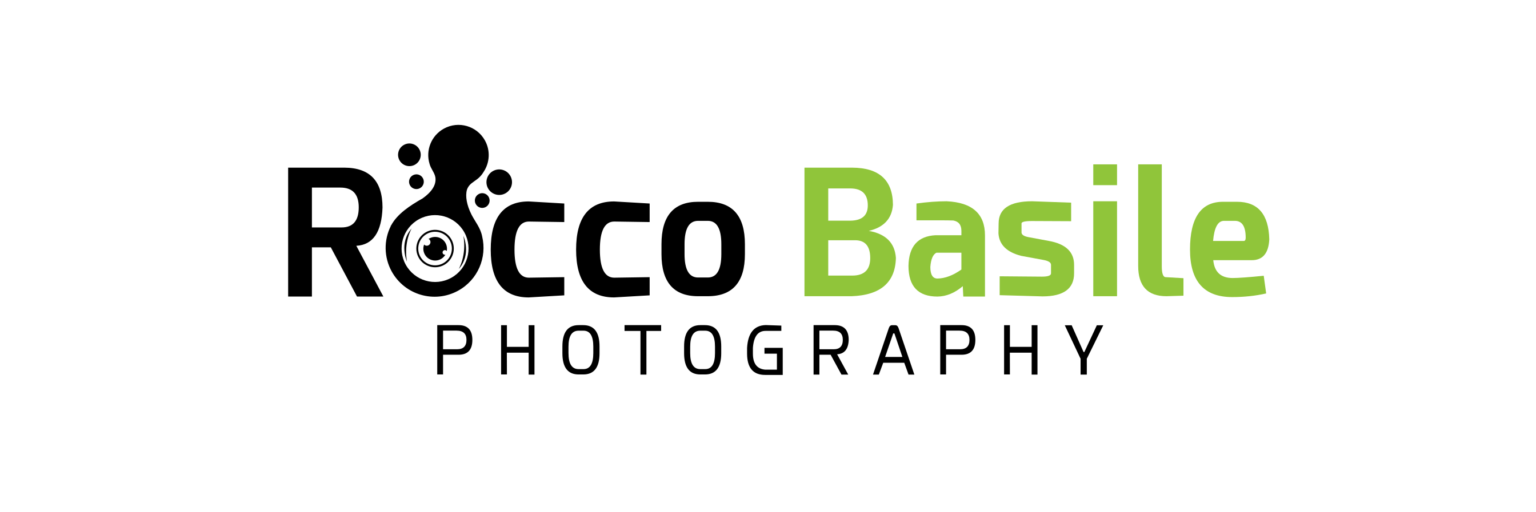
 Artistic photography like produced by Douglas Pitassi was invented in the early 1800s, and became popular in the 1840s. Photography is still one of the greatest enjoyments for hobbyist around the world today. Although it was widely believed that the digital revolution and its advances in photography would see the decline of the industry, today even hardware related to photography is a billion dollar industry. Additionally, it has been this well demonized digital format that has advanced photography back into the fore of artistic expression. Within this history that not many have heard of is this fascinating history of creation and development that has fueled photography’s rise to the epoch of artistic expression in the past, and is its primary fuel to its future.
Artistic photography like produced by Douglas Pitassi was invented in the early 1800s, and became popular in the 1840s. Photography is still one of the greatest enjoyments for hobbyist around the world today. Although it was widely believed that the digital revolution and its advances in photography would see the decline of the industry, today even hardware related to photography is a billion dollar industry. Additionally, it has been this well demonized digital format that has advanced photography back into the fore of artistic expression. Within this history that not many have heard of is this fascinating history of creation and development that has fueled photography’s rise to the epoch of artistic expression in the past, and is its primary fuel to its future.
Even before what is known as modern photography which is produced through a device called a camera, the principles of how the camera works was already in use because images could be projected on to a wall or piece of paper, but how printing the image would take place had not been invented at the time. The instrument that could project images but that could not preserve them was called a camera obscura, and this term translates into dark room from Latin. Camera Obscura was invented in approximately the 1300s which is centuries before photography, but references to the phenomenon have been recorded in as early as the 10th century. Modern photography which is also know as analogue photography when it is not in the digital format is based on the camera obscura principals pioneered those many centuries past.
A camera obscura is essentially a box with a hole in one side of it, and it works properly when the hole in the box is small enough in proportion to the box. Optics dictate that the light introduced into the box from the proportionate hole transforms and creates an image that is mirrored and upside down on the inside surface of the box, and this is exactly how analogue cameras capture light and thus an image, but in modern cameras, the image is printed on film.
A few Renaissance artists admitted using camera obscura to aid in producing artwork, but many did not want the association with the occult or to be called cheats, but it is believed that many of them did use the technique camera obscura, and this is widely accepted as the prototype of the modern camera. The camera obscura technique can still be used for fun today and simply built following a few simple online instructions. It is believed by some that the first modern style picture was taken in 1825 by a French inventor, but this has not been proven, but at the time it was seen as a technological innovation.
Only with the use of a well known and anciently utilized petroleum derivative called Bitumen were images able to be preserved and thus completing the invention of photography. Some parts of Bitumen harden when exposed to light, and the soft material can be washed away from a metal plate with this substance applied, thus producing an image
